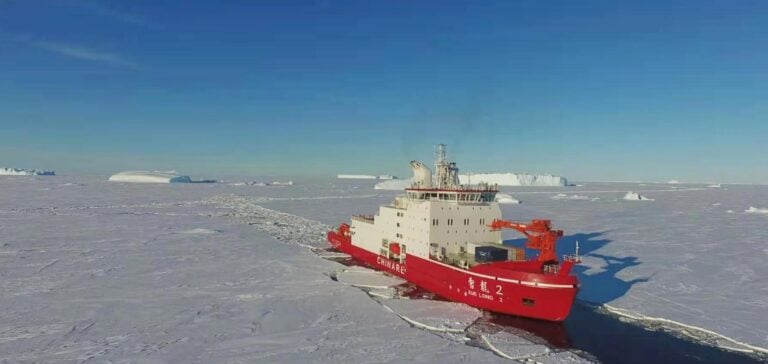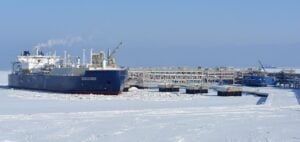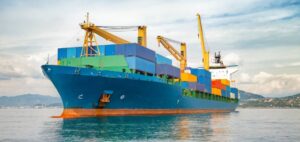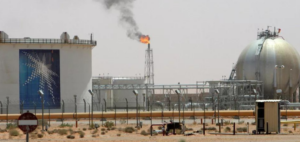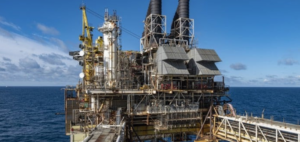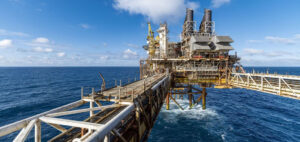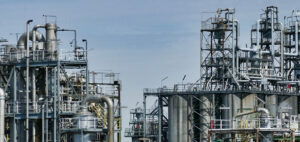The year 2023 marked a significant turning point in the global oil trade. Russian crude oil exports to China via the Northern Sea Route have reached record levels, reflecting Moscow’s strategic shift eastwards to find buyers for its oil, which has been abandoned by Western refineries. According to data from S&P Global Commodities at Sea, shipments from Russia’s Arctic and Baltic ports to China totaled 10.4 million barrels during the 2023 summer season, a spectacular jump on previous volumes.
Northern Route Challenges
Although the North Sea Route (NSR) offers a considerable shortcut, reducing journey times by around a third for cargoes from the Barents Sea to China, this route is still hampered by significant difficulties. Variable travel times and ice hazards remain major obstacles to the expansion of this precarious trade route. In 2023, although almost half the volumes were Urals crude, exported mainly from Russia’s Baltic Sea ports, the remainder included Novy Port light crude and Y-K Blend. These shipments, while profitable, represent only a fraction of the 80 million barrels shipped to China this year, and a small part of total Russian crude oil exports by sea.
Economic and environmental implications
The growing use of NSR is also driven by economic and environmental concerns. Unpredictable voyages and the need for icebreaker escorts raise questions about the economic viability of this route. In addition, Russia’s emphasis on the use of vessels unsuited to ice conditions, against a backdrop of global warming, has triggered alarms from environmental groups. Rosneft’s Vostok Oil project, planned to export large quantities of crude via the NSR as early as next year, remains a key indicator of the viability of Russian ambitions on this route.
The Northern Sea Route represents a new chapter in the global oil trade, with implications that extend far beyond its immediate economic benefits. While Russia continues to actively promote this route, logistical challenges and environmental concerns remain crucial factors that will shape the future of this emerging trade corridor.


